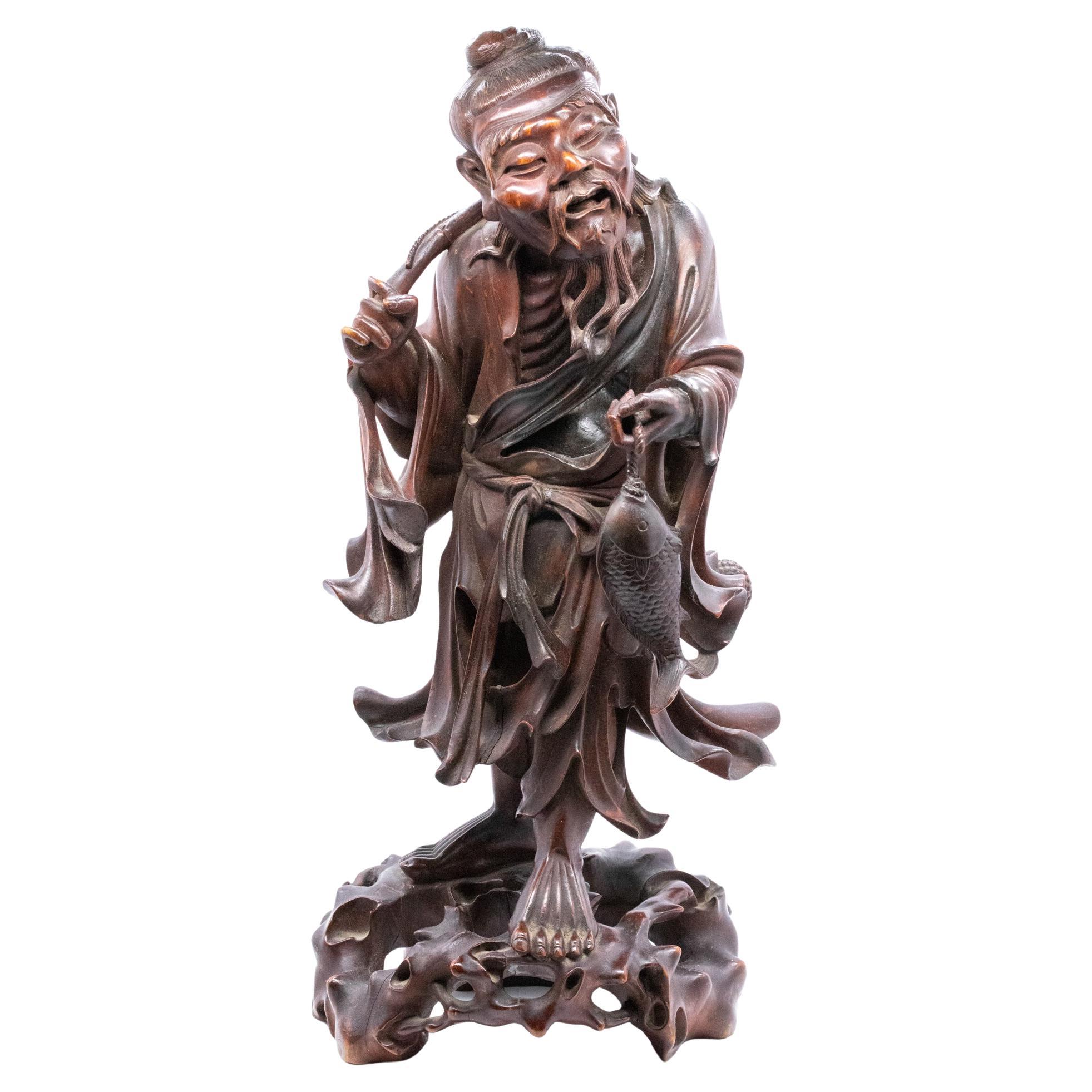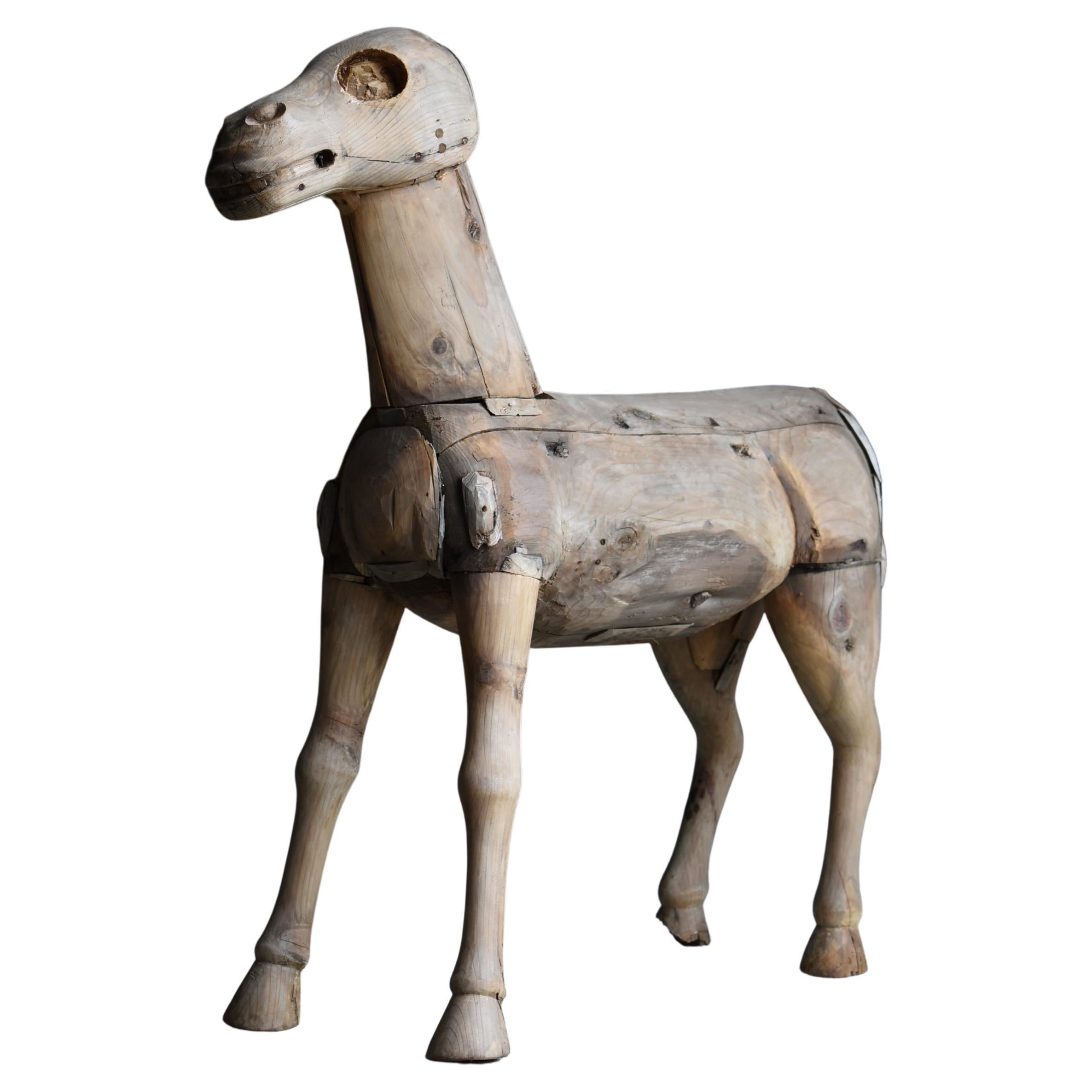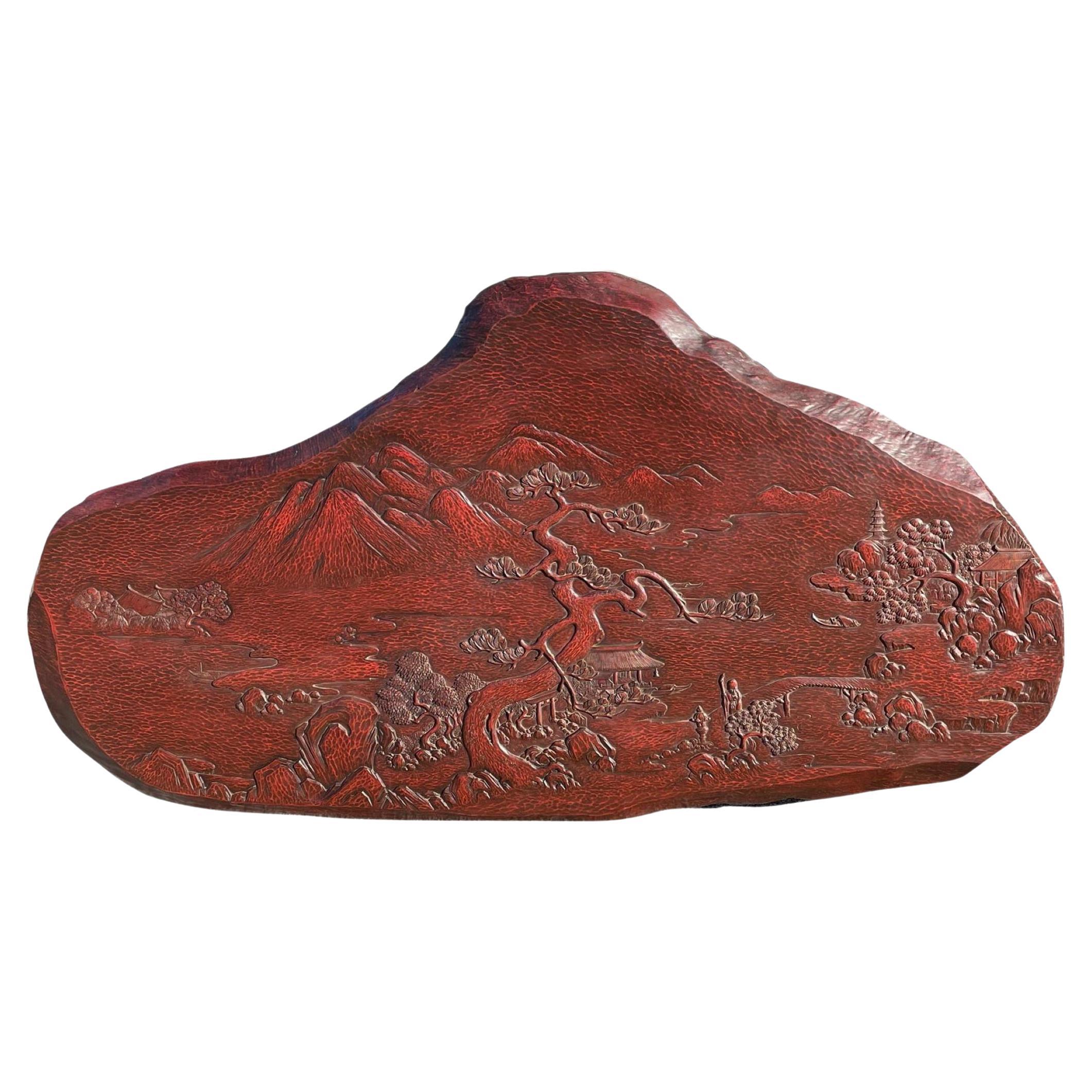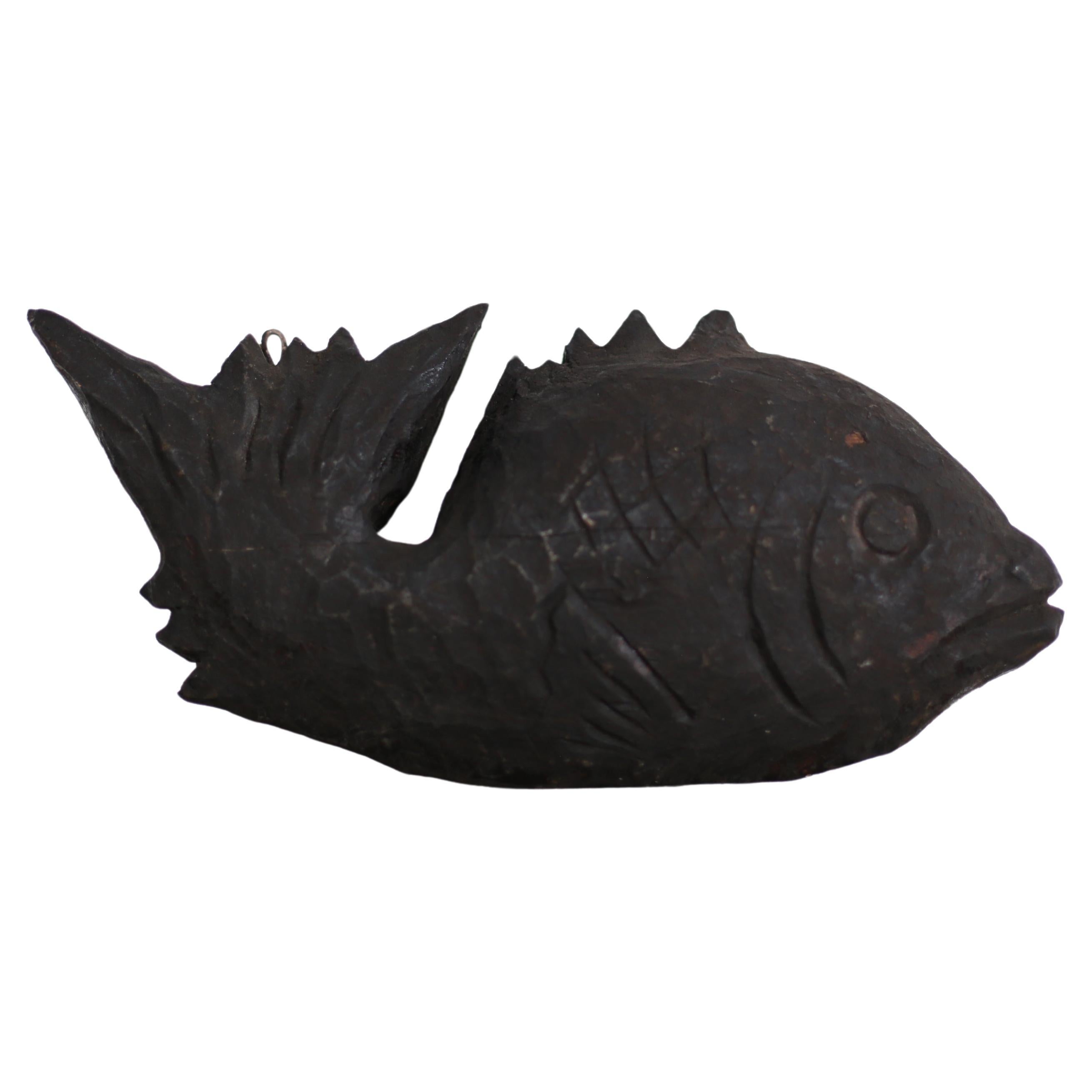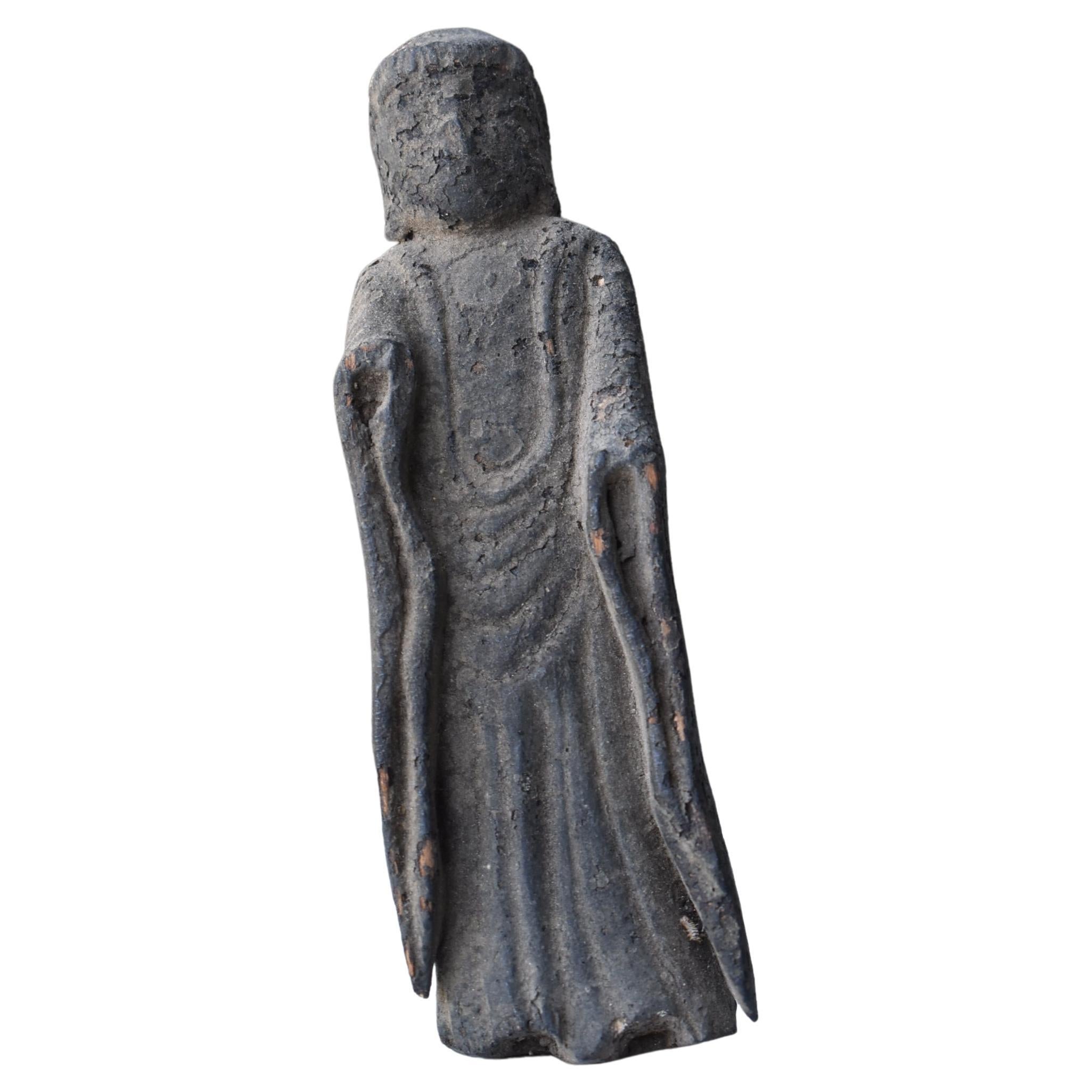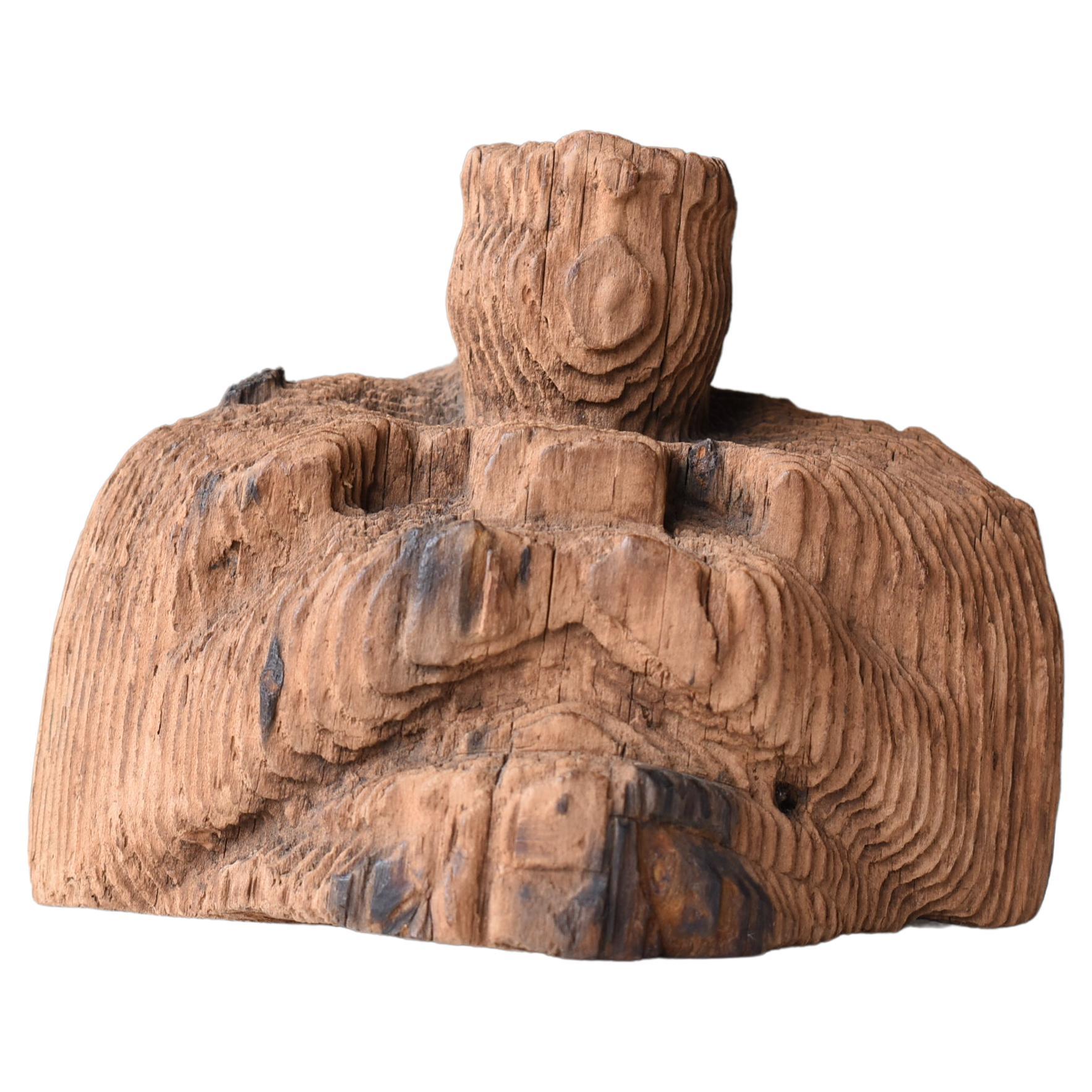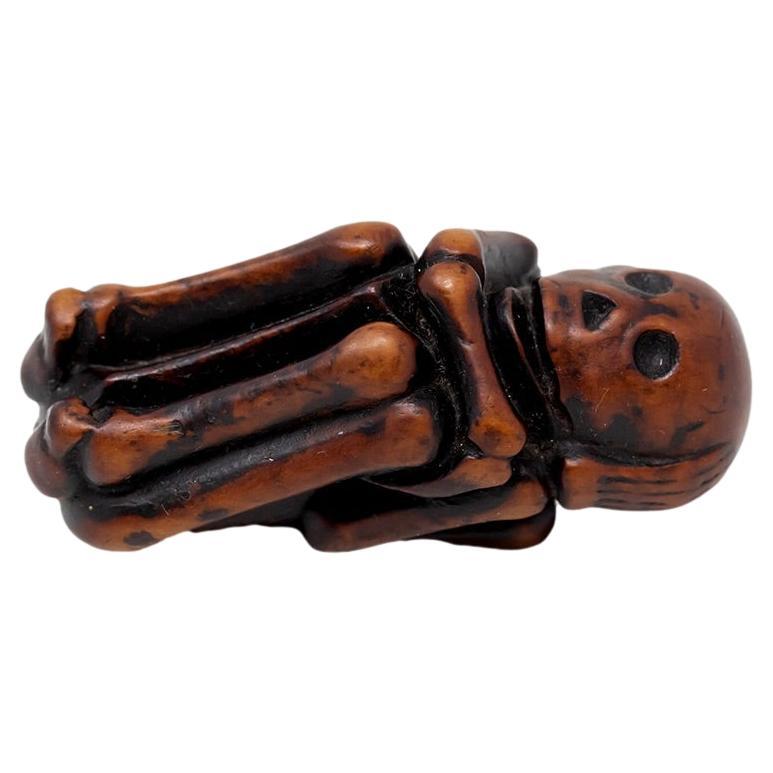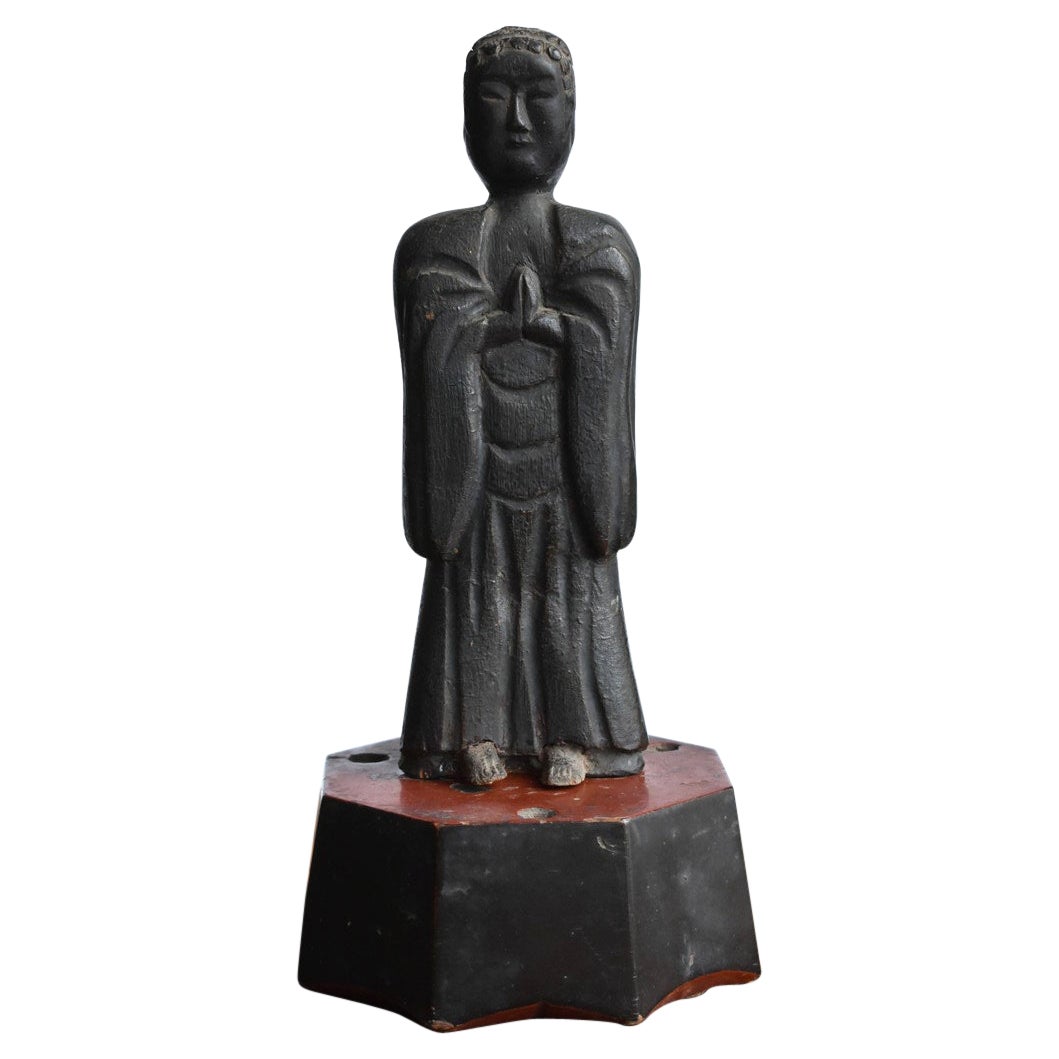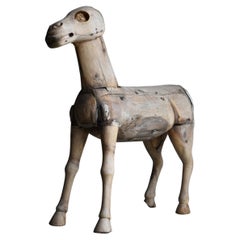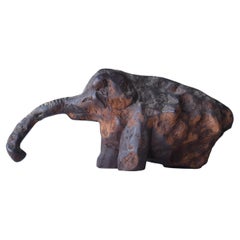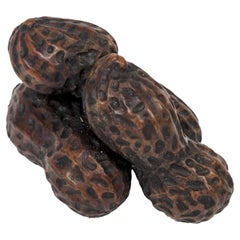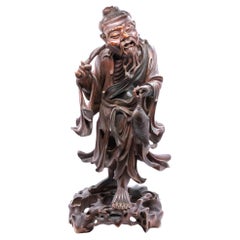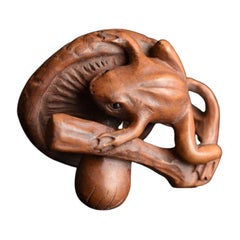
Japanese Old Small Wood Carving Art / 'Netsuke' / Frog Mushroom
View Similar Items
Want more images or videos?
Request additional images or videos from the seller
1 of 11
Japanese Old Small Wood Carving Art / 'Netsuke' / Frog Mushroom
About the Item
- Dimensions:Height: 1.3 in (3.3 cm)Width: 1.7 in (4.3 cm)Depth: 1.19 in (3 cm)
- Style:Showa (Of the Period)
- Materials and Techniques:
- Place of Origin:
- Period:
- Date of Manufacture:1926-1960
- Condition:
- Seller Location:Sammu-shi, JP
- Reference Number:1stDibs: LU5487225541082
About the Seller
5.0
Platinum Seller
These expertly vetted sellers are 1stDibs' most experienced sellers and are rated highest by our customers.
Established in 2015
1stDibs seller since 2020
Typical response time: 4 hours
More From This SellerView All
- Japanese Antique Wood Carving Large Horse 1800s-1860s / Sculpture WabisabiLocated in Sammu-shi, ChibaVery old Japanese large wooden carving of a horse. It dates from the Edo period (1800s-1860s). It is made of cedar wood. In Japan, there is ...Category
Antique Late 19th Century Japanese Edo Sculptures and Carvings
MaterialsCedar
- Japanese Antique Wood Carving Turtle 1800s-1860s/Folk Crafts Object MingeiLocated in Sammu-shi, ChibaThis is a very old Japanese carved wooden turtle. This item is from the Edo period (1800s-1860s). It is made of cedar wood. Very rare item. Turtles have...Category
Antique Late 19th Century Japanese Edo Sculptures and Carvings
MaterialsCedar
- Japanese Antique Wood Carving Elephant 1860s-1920s / Wabi Sabi Sculpture ObjectLocated in Sammu-shi, ChibaThis is a very old Japanese elephant wood carving. This wood carving dates from the Meiji period (1860s-1920s). We estimate the material to be cedar w...Category
Early 20th Century Japanese Meiji Sculptures and Carvings
MaterialsCedar
- Japanese Antique Wood Carving Fish 1860s-1900s / Mingei Figurine Object WabisabiLocated in Sammu-shi, ChibaThis is a very old Japanese wood carving of a fish. It is a wood carving from the Meiji period (1860s-1900s). It is carved from cedar wood. This wood carving is attached to a free h...Category
Early 20th Century Japanese Meiji Sculptures and Carvings
MaterialsCedar
- Japanese Antique Wood Carving Monkey 1860s-1900s / Figurine Sculpture Wabi SabiLocated in Sammu-shi, ChibaThis is a very old Japanese wood carving of a monkey. It is a wood carving from the Meiji period (1860s-1900s). It appears to be carved from cedar wood. "Monkey holding a peach" Pea...Category
Mid-20th Century Japanese Meiji Sculptures and Carvings
MaterialsCedar
- Japanese Antique Wood Carving Buddha 1700s-1800s / Figurine Object Wabi SabiLocated in Sammu-shi, ChibaThis is a very old Japanese wooden Buddha. It is a wood carving from the Edo period (1700s-1800s). It appears to be carved out of cedar wood. It is indescribably beautiful with dust...Category
Antique Late 18th Century Japanese Edo Sculptures and Carvings
MaterialsCedar
You May Also Like
- Set of Three Japanese Wood NetsukesLocated in Atlanta, GASet of three Japanese netsukes carved out of wood with a reddish stained finish, appear to be circa mid-20th century. One depicts a frog holding a trumpet; one a rooster eating grain...Category
Mid-20th Century Japanese Japonisme Sculptures and Carvings
MaterialsWood
$1,200 / set - Japanese Peanuts NetsukeLocated in PARIS, FRWood netsuke of three peanuts. A naturalistic grouping, dark stained. An ivory plug may bear a highly stylised signature. Provenance : Arlette Katchen, Paris. Japan, 20th centu...Category
Mid-20th Century Japanese Sculptures and Carvings
MaterialsWood
$1,634 - Japan 1890 Meiji Period Ebisu Sculpture in Wood Carving of an Old FishermanLocated in Miami, FLAn extremely well detailed wood carving of Ebisu, as a fisherman. Beautiful and well detailed sculpture, created in Japan during the Meiji dynastic period (1868-1912) back in the 1890's. This piece represent the god of good fortune Ebisu. Was exceptionally carved and executed from one solid single piece of rose wood, showing a gorgeous face expression, with intricate details in the hands and feets, he's carrying as usual a rod and a fish. Ebisu (yebisu), ???, god of fortune, the ocean and fisherman. In the japanese mythology is one of the seven gods of luck, sichi-fuku-jin, the patron of the fisherman and tradesmen. he is depicted as a bearded, smiling fisherman with formal long court ropes, often carrying a rod in one hand and a tai, symbolic fish of the good luck, in the other. The height is 14.25 inches (36.20 cm) and the base measurements is 6.5 by 6.45 inches (16.5 x 16.38 cm). Meiji period, is an era of Japanese history that extended from October 23, 1868 to July 30, 1912.The Meiji era was the first half of the Empire of Japan, when the Japanese people moved from being an isolated feudal society at risk of colonization by Western powers to the new paradigm of a modern, industrialized nation state and emergent great power, influenced by Western scientific, technological, philosophical, political, legal, and aesthetic ideas. As a result of such wholesale adoption of radically different ideas, the changes to Japan were profound, and affected its social structure, internal politics, economy, military, and foreign...Category
Antique 1890s Japanese Meiji Sculptures and Carvings
MaterialsWood
$1,320 Sale Price20% Off - Monumental Japanese Bas Relief Carving on Natural Wood SlabLocated in Vero Beach, FLMonumental Japanese bas relief carving on natural wood slab Palatial sized Japanese wood carving from the Meiji Period (1868-1912). This stunning sc...Category
Antique Late 19th Century Japanese Japonisme Sculptures and Carvings
MaterialsWood, Lacquer
$5,750 Sale Price50% Off - Japanese Skeleton Boxwood Netsuke Late Edo PeriodLocated in Newark, EnglandJapanese boxwood netsuke depicting a skeleton. The skeleton naturalistically carved in the foetal position in preparation for transitional burial. With...Category
Antique Mid-19th Century Japanese Edo Sculptures and Carvings
MaterialsWood, Boxwood
- Japanese Edo Period Carved Wood Mask of Old Man Ko-JoLocated in New York, NYJapanese Edo period carved wood mask depicting Ko-Jo, an old man. The piece dates to circa 1820 and is in great condition. 15 inches long with t...Category
Antique 1820s Japanese Edo Sculptures and Carvings
MaterialsWood


